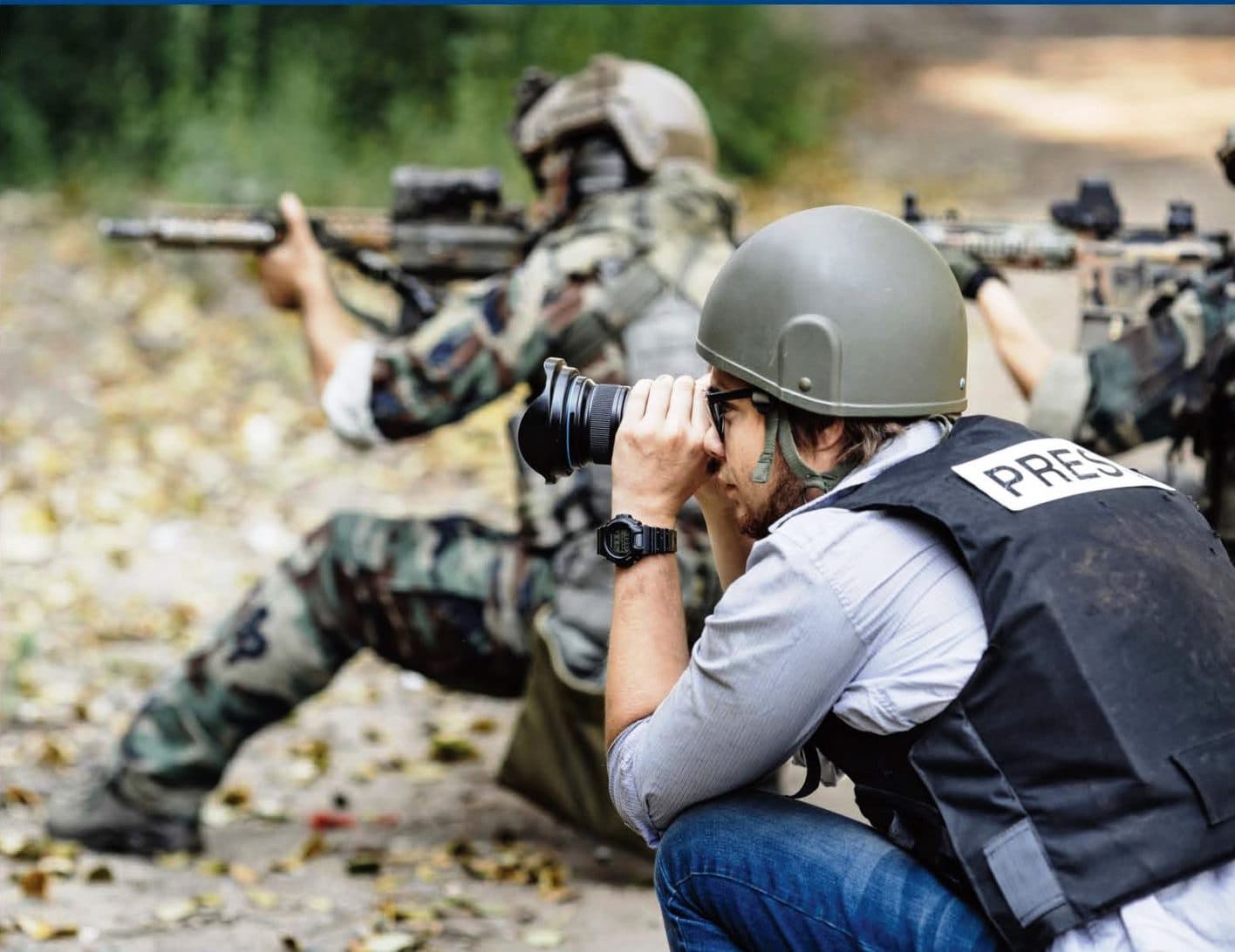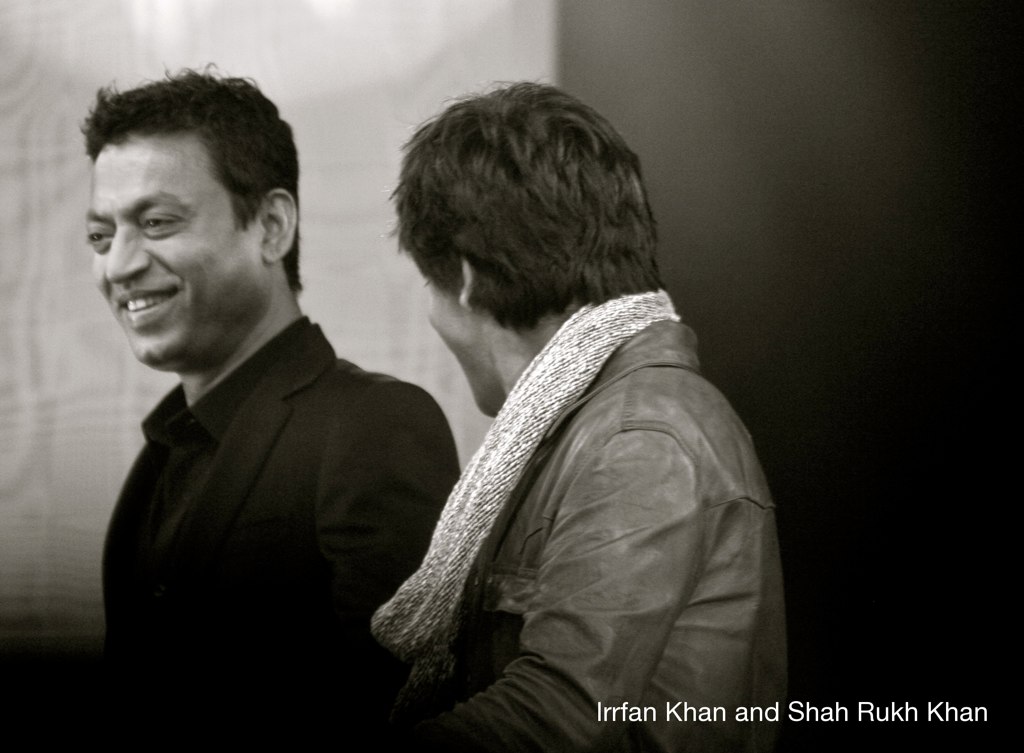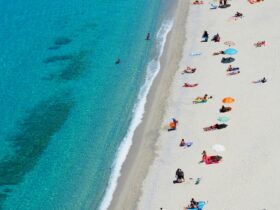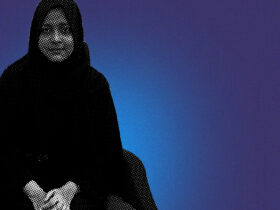Since the start of the Hamas-Israeli war, seventeen Palestinians, three Israelis, and one Lebanese journalist have lost their lives. A frequently overlooked aspect of international law during discussions and law-making is the safeguarding of journalists in conflict areas. From the safety of our living rooms, we witness the harrowing events they capture. Several frameworks aim to resolve this concern. While current measures adequately protect journalists, refining these frameworks to fill existing gaps would be beneficial. A more robust mechanism not only safeguards media professionals but also encourages the younger generation to consider journalism as a career.
At present, journalists’ protection is categorized under the safeguarding of civilians and their assets under humanitarian law. The media is not viewed as a military entity unless specific situations arise. Essentially, no unique statutes are set for journalists or their equipment. However, they receive general protection intended for civilians and their belongings. Humanitarian law differentiates between two categories of journalists in war zones: “independent journalists” and those affiliated with armed forces. As defined by the Dictionnaire de droit international public, war correspondents are “specialized media professionals who, under the authorization and protection of a warring party’s military, report from conflict regions to relay information about the ongoing hostilities.”
Regrettably, war correspondents are ambiguously classified as “persons who accompany the armed forces without actually being members thereof.” Since they aren’t directly affiliated with the armed forces, they receive general protections as civilians. But due to their association with the military endeavors, they are accorded prisoner-of-war status if captured by the opposition, provided they had proper authorization to be with the armed forces.
Participants of the Diplomatic Conference held in Geneva from 1974 to 1977 felt that they had to include a special provision on the “measures of protection for journalists” in Protocol I to supplement Article 4 (A) (4) of the Third Geneva Convention. Article 79 was the resulting provision, and it didn’t change the regime applicable to war correspondents. Article 79 formally states that journalists who are engaged in dangerous professional missions in zones of armed conflict fall into the category of civilians within the meaning of Article 50 (1). In times of being arrested or captured, journalists are automatically granted the full scope of protection under humanitarian law. The truth of the matter is that the framers of protocol I did not wish to create a special status for journalists, because “any increase in the number of persons with a special status, necessarily accompanied by an increase in protective signs, tends to weaken the protective value of each protected status already accepted.” The identity card of Article 79 (3) does not form a new status for media personnel but rather “attests to his status as a journalist.”
There’s a lot of ambiguity surrounding the status of “embedded” journalists, those who accompany military troops during wartime. It is important to note that embedment is not a new phenomenon — what’s new is that it has been increasingly popular in practice since the 2003 conflict in Iraq. Journalists were assigned to British and American combat units, and they would agree on a set of conditions which obliged them to stick with these units. This ultimately ensured their protection, and they’d fall under the category of war correspondents mentioned in the Third Geneva Convention.
Furthermore, the way bodyguards surround “unilateral” journalists can have dangerous consequences for all in the profession. On April 13, 2003, in Tikrit in northern Iraq, the private security escort of a CNN crew responded with an automatic weapon after the convoy was faced with fire at the entrance of the town.
This type of behavior concerns many journalists who believe it is contrary to rules and beliefs of the profession. Reporters without Borders (RSF) secretary-general, Robert Menard, said “Such a practice sets a dangerous precedent that could jeopardize all other journalists covering this war as well as others in the future.”
“There is a real risk that combatants will henceforth assume that all press vehicles are armed,” he added. “Journalists can and must try to protect themselves by such methods as traveling in bulletproof vehicles and wearing bulletproof vests but employing private security firms that do not hesitate to use their firearms just increases the confusion between reporters and combatants.”
When a journalist takes direct part in the hostilities, they become a legitimate target during combat and loses their immunity. They recover their right to protection against the consequences of hostilities only if they ceases to do so. Under articles 51.3 and 79.2 of protocol I, media personnel are guaranteed protection provided they do not take direct part of the hostilities.
Television and radio facilities enjoy general protection since they are civilian objects. Attacking civilian objects was prohibited in the beginning of the twentieth century and was reaffirmed in the statute of the international criminal court and Protocol I of 1977. Article 48 of Protocol I follows the twofold obligation where there must be a clear distinction made between military objectives and civilian objects. Nonetheless, it is a war crime to attack certain objects to which special protection is afforded, i.e., places of worship, works of art, historic monuments, demilitarized zones, non-defended localities, installations and works containing dangerous forces, etc. Furthermore, Protocol II grants only certain objects protection – not general protection to civilian objects. These are objects of specific importance to civilians and under its provisions, are entitled to special protection, like cultural objects, objects indispensable to the survival of the civilian population, transports and medical units, etc.
The immunity enjoyed by civilian objects and protected objects thereof are not absolute and such immunity is lost if they’re used for hostile purposes. Civilian objects such as buildings, vehicles, aircrafts or ships that contain military supplies, equipment or personnel or that in any way make a major contribution to the war effort constitute to be legitimate targets – incompatible with their status. For example, if the facilities of the RTS building in Belgrade were really being used as transmitters by the military and radio relay stations by the special forces and military of the Federal Republic of Yugoslavia, the review committee set up by the International Criminal Tribunal for the Former Yugoslavia (ICTY) had probable cause to conclude that they constituted legitimate military targets for NATO.
Belligerents must take greater precaution when an object is used for dual purposes. International law requires that attacks be strictly limited to “military objectives” but there are loopholes one might take during formal discussions. The doctrine has now replaced “total war” with “limited war” which has paved the path for greatly reducing the category of “military objectives” which are still extremely numerous. According to the ICRC, the 1954 Hague Convention for the protection of Cultural Property in the Event of Armed Conflict and the above-mentioned doctrine, television and radio facilities may, under certain conditions, be permitted to be included amongst them. In today’s digitized culture, dual military and civilian use is often made of resources and goods which are not without consequences in terms of protection. On November 12, 2002, if the building of the Al-Jazeera television network in Kabul really did shelter offices belonging to Al Qaeda operatives and Taliban forces, then it was a legitimate target for bombing. It is fair to conclude that the spirit of Protocol I is reflected in this instance: it is lawful to attack objects which might be put to dual use if the conditions of Article 5 (2) of protocol I are met.
There are various obligations one must take, according to international humanitarian law, when launching attacks that could affect news media and journalists. The lawfulness of an attack depends not only on the circumstances and nature of the target, but also whether the required precautions to minimize civilian loss have been taken, especially regarding respect for the principle of proportionality and the responsibility to give warning beforehand. In this regard, news media and journalists do not enjoy special statues but benefit from the general protection civilians have according to Protocol I during times of hostilities.
It was in 1977 that the principle of proportionality was enshrined upon, particularly in Articles 51 (5) (b) and 57 (2) (a) (iii) of Protocol I. The objective of this principle is to reduce as much “collateral damage” caused by military operations as possible. It provides us with a criterion on which to look back to when determining to what degree such damage can be justified under international humanitarian law: there must be a reasonable correlation between undesirable collateral effects and legitimate destruction. According to the principle of proportionality, the accidental collateral effects of the attack – the accidental harm done to protected property and persons, must be proportionate with the anticipated military advantage.
Article 57 (2) (c) of Protocol I stipulates that “effective advance warning shall be given of attacks which may affect the civilian population, unless circumstances do not permit”. The key words here are “effective advance warning.” Doswald-Beck, deputy head of the International Committee of the Red Cross (ICRC) Legal Division, suggests that “common sense must be used in deciding whether and how to give warning, and the safety of the attacker will inevitably be taken into account”. In 1987, lieutenant colonel Burrus M. Carnaham, voiced his opinion that the duty to give a warning was customary in character. This opinio juris is confirmed by its implementation by several states in internal and international armed conflicts. Even if NATO argued that it had “made every possible effort to avoid civilian casualties and collateral damage” when bombing the RTS building, there were doubts about whether it had fulfilled its obligation to warn the civilians beforehand. In a similar light, when the United States bombed the Al-Jazeera and Abu Dhabi television networks in Baghdad on April 8, 2003, it seemed that there were no advance warnings given ahead of the attacks to the journalists. That day, one journalist died and another was wounded.
One of the many flaws current instruments have is the laws and statutes regarding the protection of journalists which are scattered everywhere ranging from the Geneva Convention to UN declarations. We need to set a sturdy declaration specifically dedicated to journalists- with the hazards they face, they deserve this privilege. The International Declaration on the Protection of Journalists has become an instrument uniting journalists and organizations from around the world with the sole purpose of protecting media personnel and their equipment.
Empirical findings reveal that threats are a commonplace amongst the media personnel community around the world. Many of these threats, particularly in South America and Africa, end up fatal. For example, in January 2022, a well-known reporter Maria de Lourdes Maldonado Lopez knew people wanted her dead. So, she applied for the $23 million a year government-funded program where well-known journalists with probable cause receive full-time bodyguards, at-home panic buttons, anti ballistic gear and surveillance cameras. In some cases, the government relocates the journalists. However, it is not always enough. Lopez was killed in front of her home. Another journalist, Martinez Esquivel, was killed outside his residence that same month. These journalists work with whatever faulty aid they can receive by their national government and still end up dying. This is when we as the international community should come in and serve as a beacon of hope. The IDPJ should stress the importance of avoiding threats as that’s the first step to avoiding fatality. A separate provision should be added specifically dedicated to threats and intimidation; the deed itself, whether done by technology, a third person, or confrontation, should be outlawed and severe repercussions should be taken place.
Item (8) of the IDPJ states that media institutions “should allocate an appropriate portion of their budget to…each according to its resources”. A revision should be done on this vague provision where media organizations are requested to set aside a minimum of five percent of their revenue from wartime journalism only to invest in media personnel protection. This provision should specifically mention revenue from wartime journalism and not general because different organizations divide up their wartime journalism according to their preferences.Companies like CNN or BBC should allocate more money to international wartime journalism compared to ABC or Fox news who generally focus on domestic issues.
Shield laws are legislations which have been created to protect reporters’ privilege. This privilege gives reporters the right to refuse to testify during compelled disclosure of any confidential information. Currently, the United States, Australia, New Zealand and a handful of European countries i.e., U.K, France, Belgium, Norway, Germany and Austria, are active in protecting reporter privilege. However, there are no U.S. federal shield law statutes. Mississippi, for example, does not hold any shield laws. The IDPJ should implement a new segment where shield laws are reinforced on an international level. There are no borders when it comes to kidnapping and murdering journalists for information extraction. There have also been many hostages by terrorist organizations where journalists were thought to be “western spies” or were held as subjects of blackmail.
The IDPJ should also specify what type of media personnel can claim protection under its provisions. The more precise the declaration is, the less leeway there will be for bellicosity. Independent journalists and freelancers are undoubtedly to be included since they are the main feeders of information to our newspapers, internet-based publications, television, and any media thereof. The same cannot be ruled for war correspondents. Although their jobs bring them to the most war-ridden places of the world and is believed to be the most dangerous form of journalism, “embedded journalists” do not get to collectively claim protection under this provision unless the state they signed with is a signatory of the IDPJ. Only 70 countries are signatories of this declaration. The same provision applies to any other document constructed by other entities. Because their contract is between the state and them as private individuals, nobody can hold the state liable – unless they publicly recognize and ratify the declaration.
The proposed declaration should be signed through multilateral efforts. It would be rational to get superpowers on the wagon first and then strategically invite others with questionable history in war time conduct.
The biggest deficiency is not the lack of rules available, but a failure to implement them and systematically punish, prosecute and investigate violations.
To conclude, journalists and their equipment both enjoy immunity, the former as civilians, and the latter because of the general protection international law grants civilian objects during wartime. Unfortunately, this immunity is not absolute. Journalists are protected so long they don’t take direct part in the hostilities. News media personnel, even when partaking in propaganda efforts, enjoy immunity, unless they are employed for military purposes or to incite war crimes, acts of violence, or genocide. As a result of the many flaws current instruments retain, I’ve proposed alterations to the IDPJ. Changes include, but are not limited to, the explicit insertion of reporter’s privilege, appropriate budgeting towards journalists’ protection and the definite prohibition of threats. Regardless of who you are or where you come from, the protection of journalists is in everyone’s best interest as they are the embodiment of truth and transparency in an everlasting world of constant dissension.







